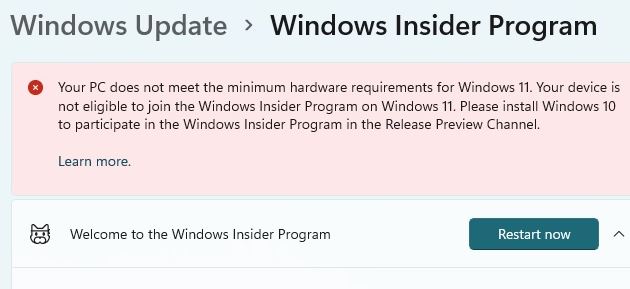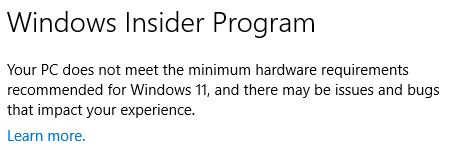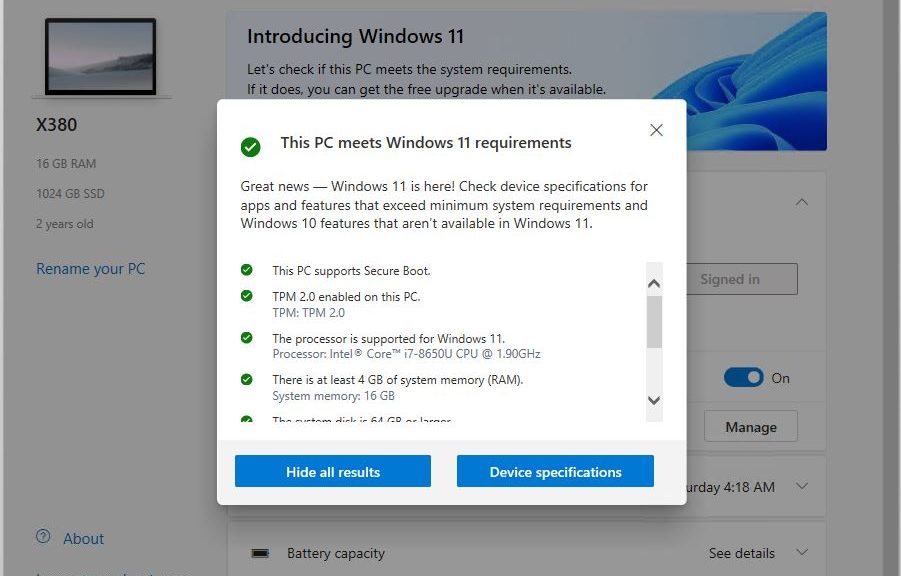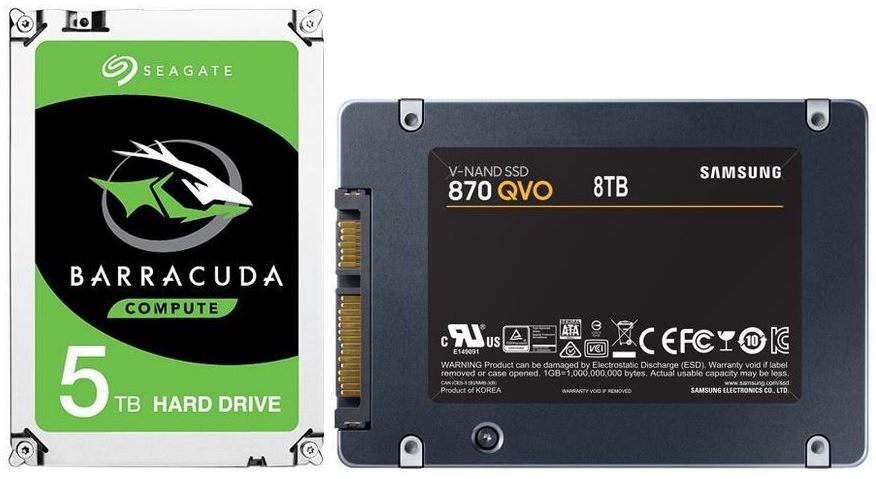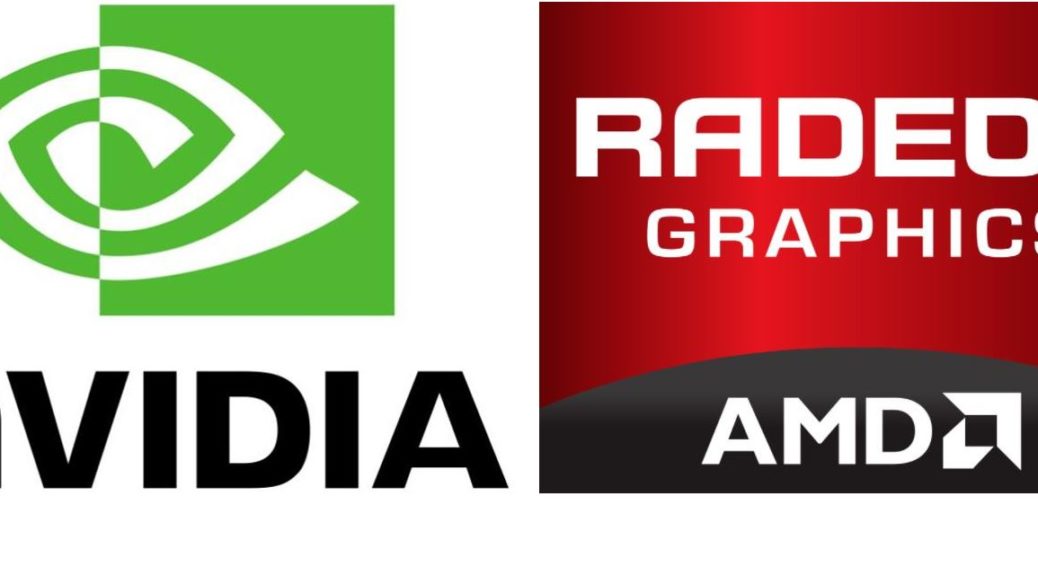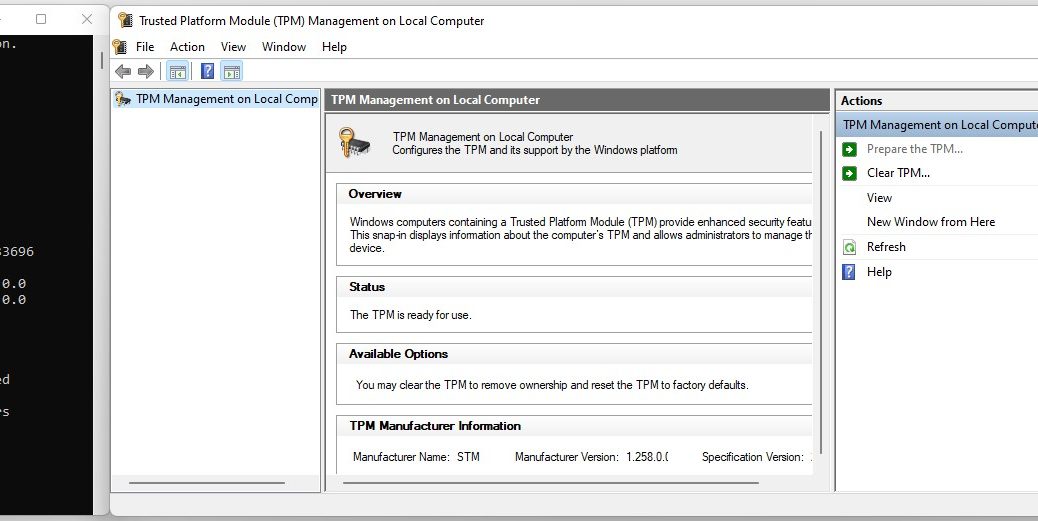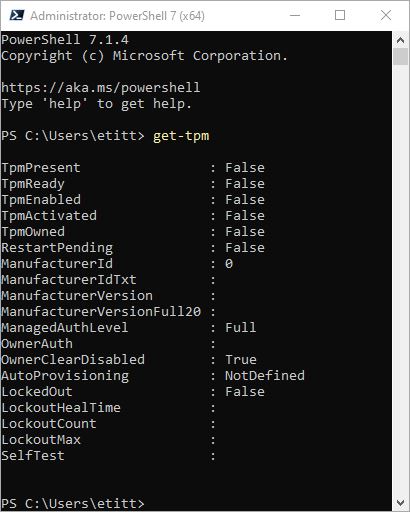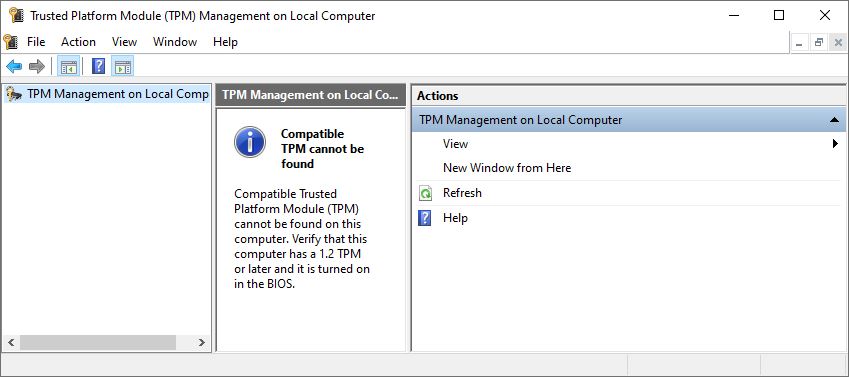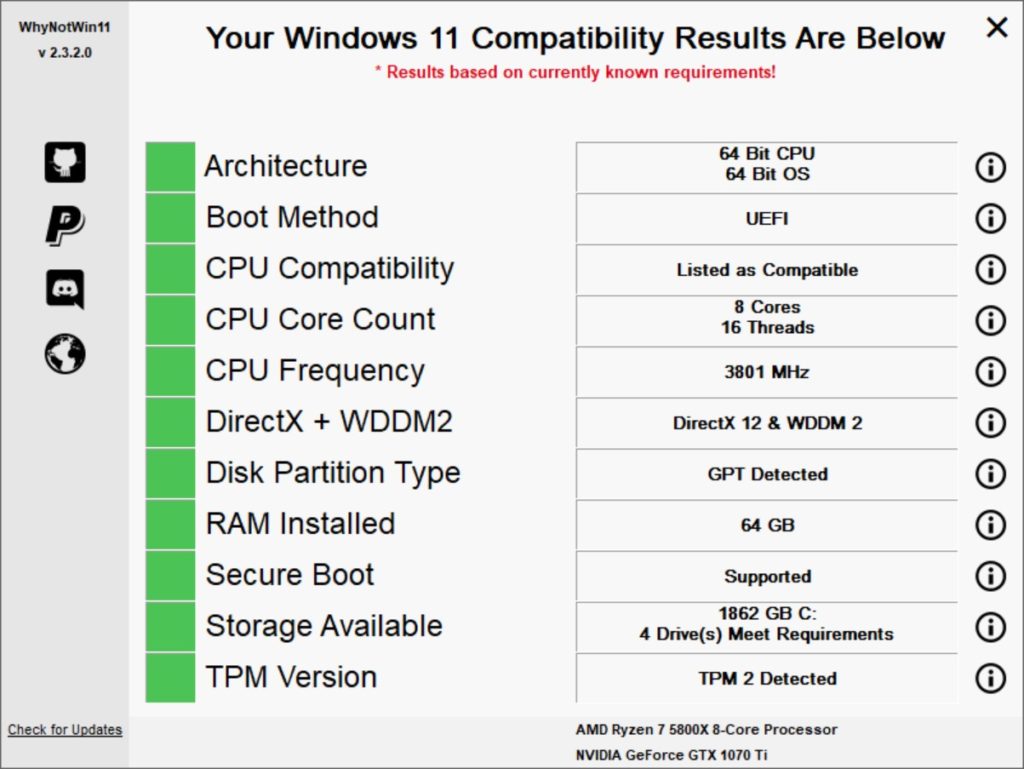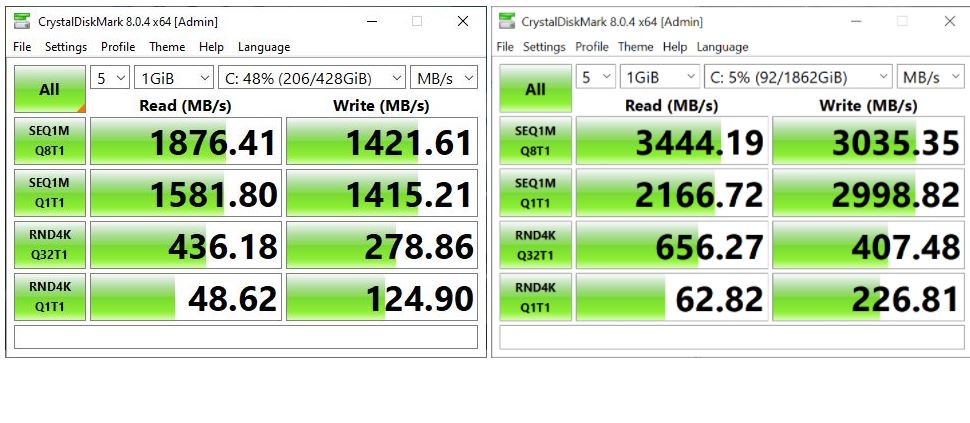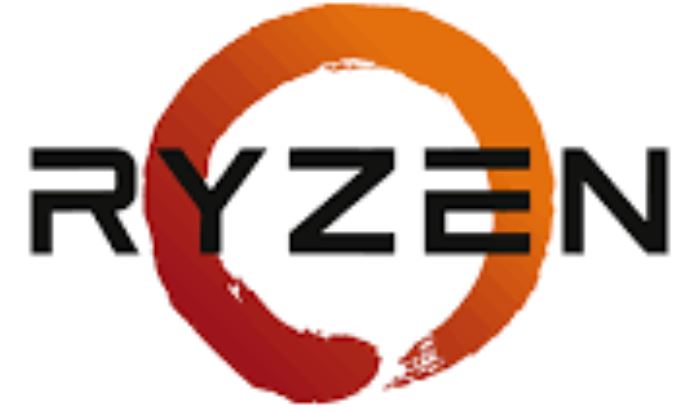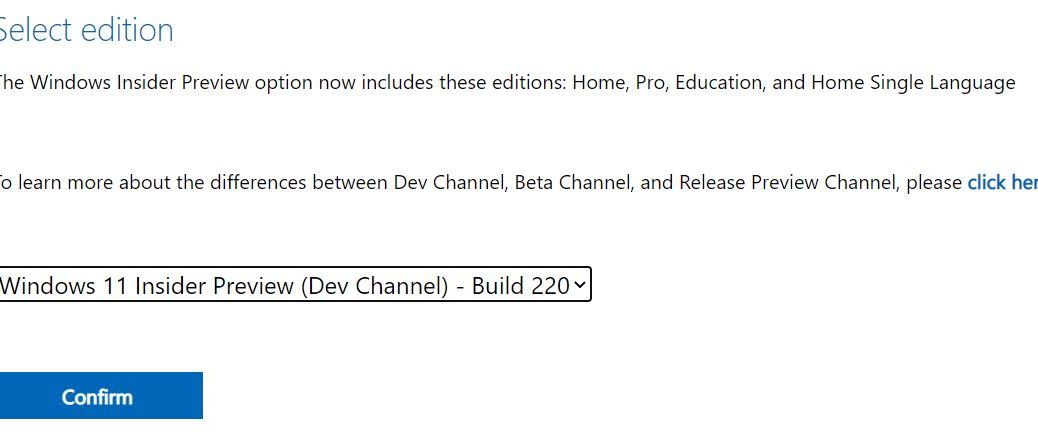We knew it was coming, but not when it would come. Just today (September 1) out-of-spec PCs participating in the Dev or Beta Insider Preview channels found out. They’re seeing a “Sayonara” message in Windows Update, Windows Insider Program settings pages. The lead-in graphic above shows what that says, as out-of-spec PCs lose Windows 11 eligibility.
Why Do Out-of-spec PCs Lose Windows 11 Eligibility?
It’s a matter of MS policy, based on a desire to boost security for users of the new OS . It also means MS can count on more advanced graphics functionality, 64-bit operation, and other odds and ends designed to improve the overall user experience.
In a recent Tweet, Paul Thurrott summed this up humorously as “Thanks for Testing Windows 11, Now Leave…” Senior Program Manager of the Windows Insider Team at MS Brandon LeBlanc responded with “We communicated this would be the case back via this blog post on June 24th…” (Note: I’ve provided links to both tweets and that blog post so readers can see for themselves what’s at issue.)
I Hate to Say It, But “I told you so!”
Just the other day I raised the question of why somebody would want to push their luck on an out-of-spec PC when updates could go bye-bye at any time. I have refused to play that game wishing to avoid the uncertainties involved. Now those crows have come home to roost. Good thing I’m still planning to refresh the hardware on my production PC before October 5 to make it fully compliant, eh?
Sure, it’s fun to try to run a new OS on old hardware. At TenForums, for example, the Let’s run Win10 on really really old hardware thread currently runs to 93 pages, with a total of 928 posted items therein. People obviously enjoy this kind of challenge. But MS is forcibly asserting that those who want to mine this vein will have to do so without support from the company, including access to Windows Update. I predict this is going to get a lot more interesting in the months ahead, as creative people purposely beat their heads against a wall somewhere “because it feels so good when they stop!”
And indeed, that’s life for a certain obsessed element of the population here in Windows World. Why else would one find ongoing stories about running Windows 10 (and even 11) on now-ancient Windows Phones (e.g. this Lumia 950 XL item at The Verge)? Good for them, but this is not my thing, not by a long shot!
Note Added September 2
Windows Insider Program Manager Brandon LeBlanc has clarified that out-of-spec PC will receive CUs until October 5, but no further upgrades to new Windows 11 versions. On and after that date, out-of-spec PCs running Windows 11 will be asked to downgrade to the Windows 10 Insider Preview Release Preview channel via a clean install of the appropriate OS image.
